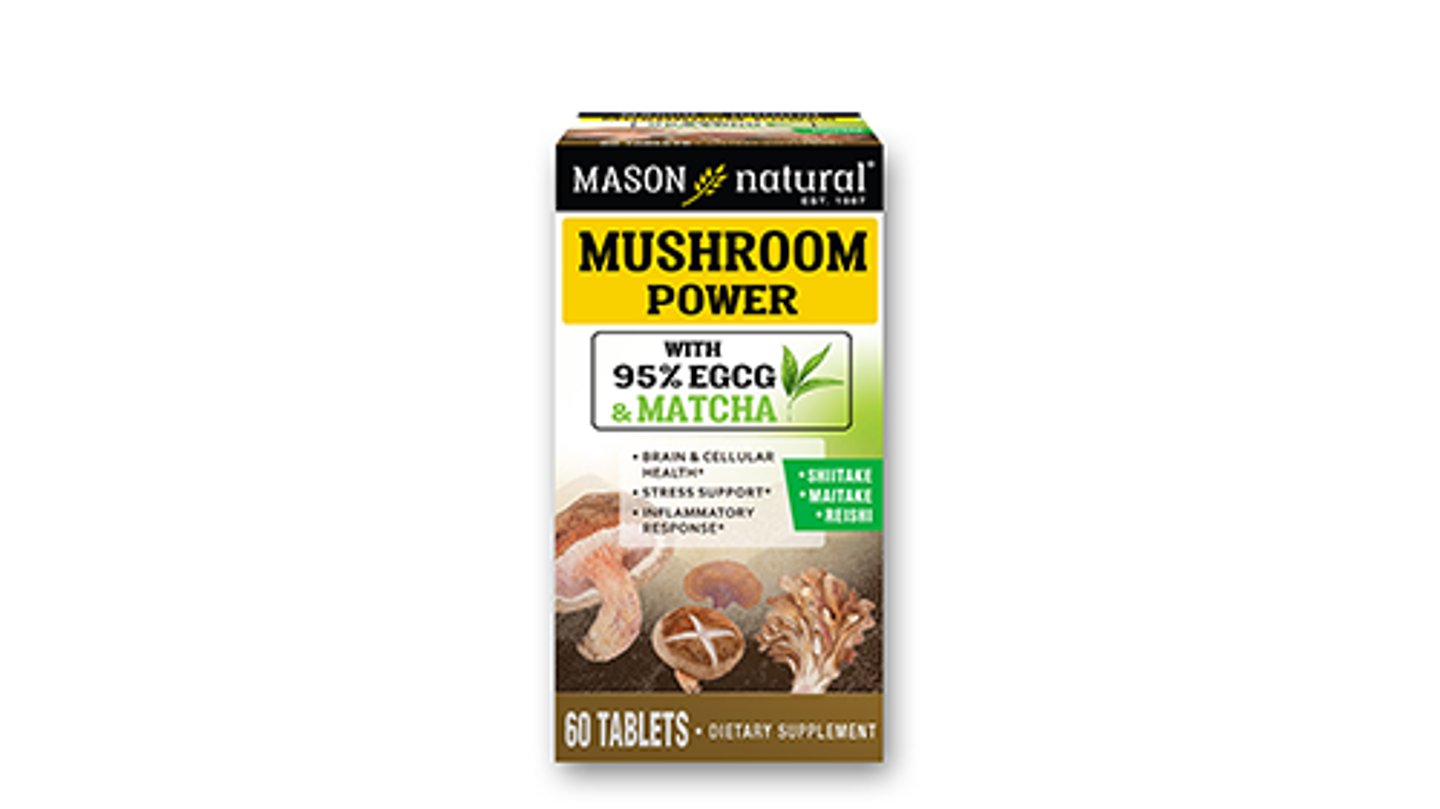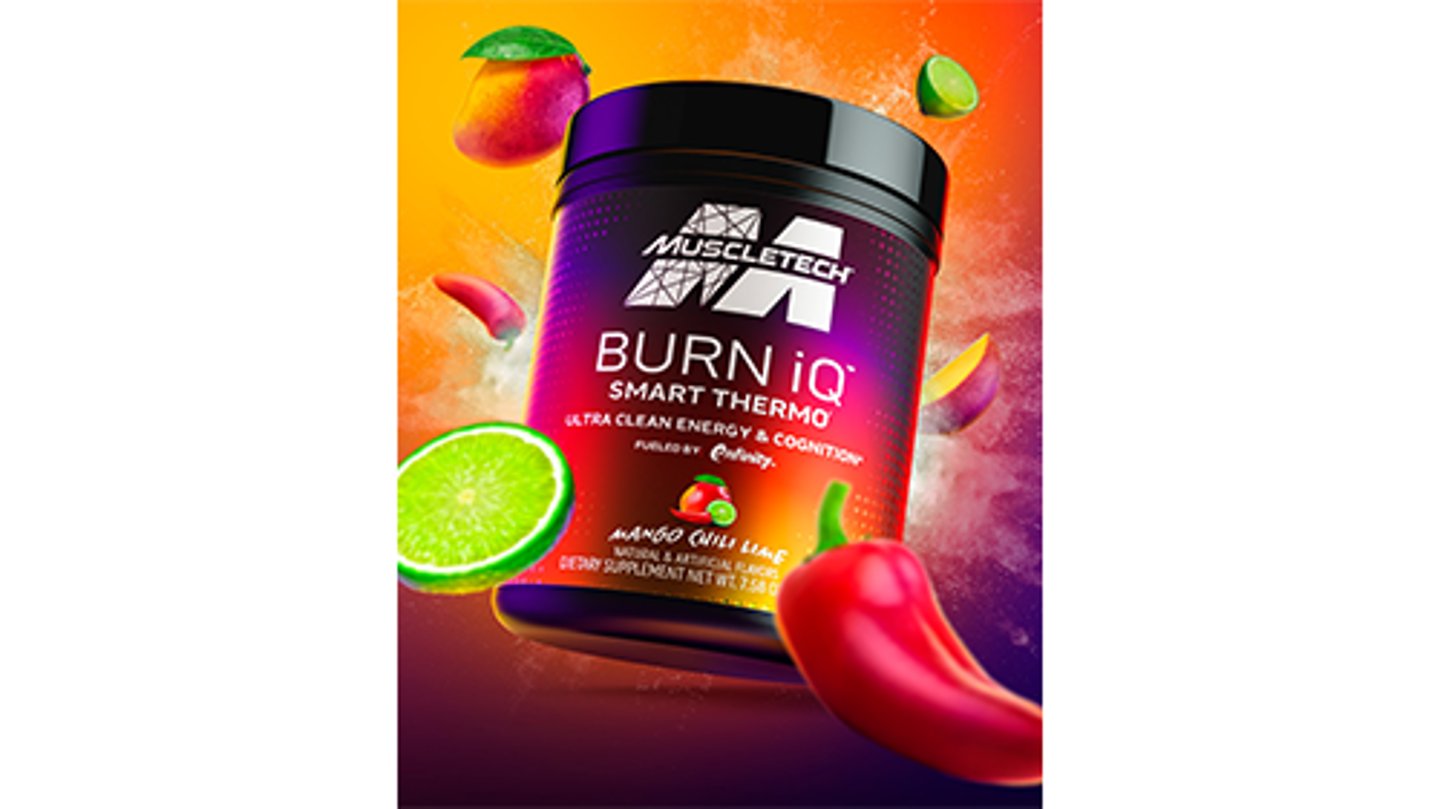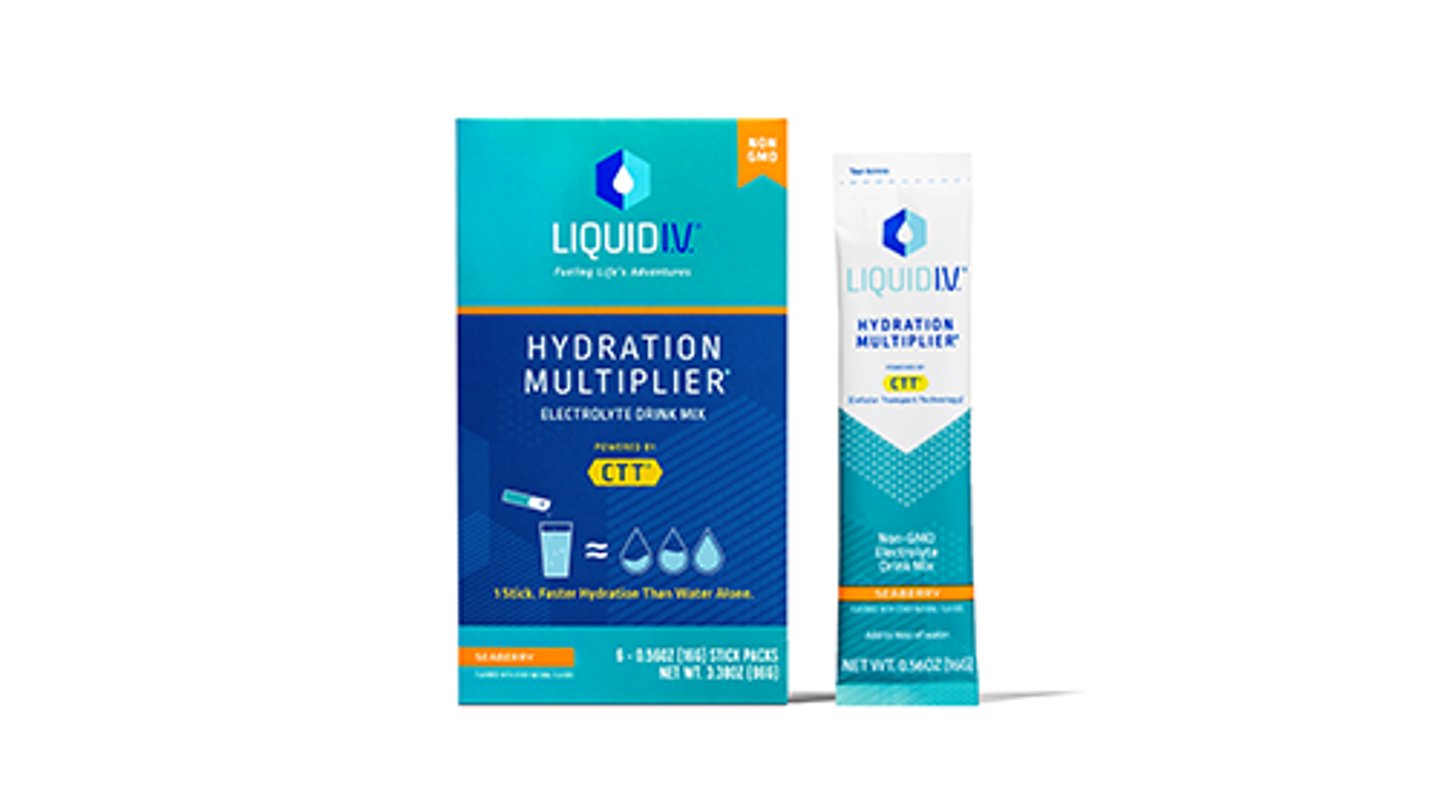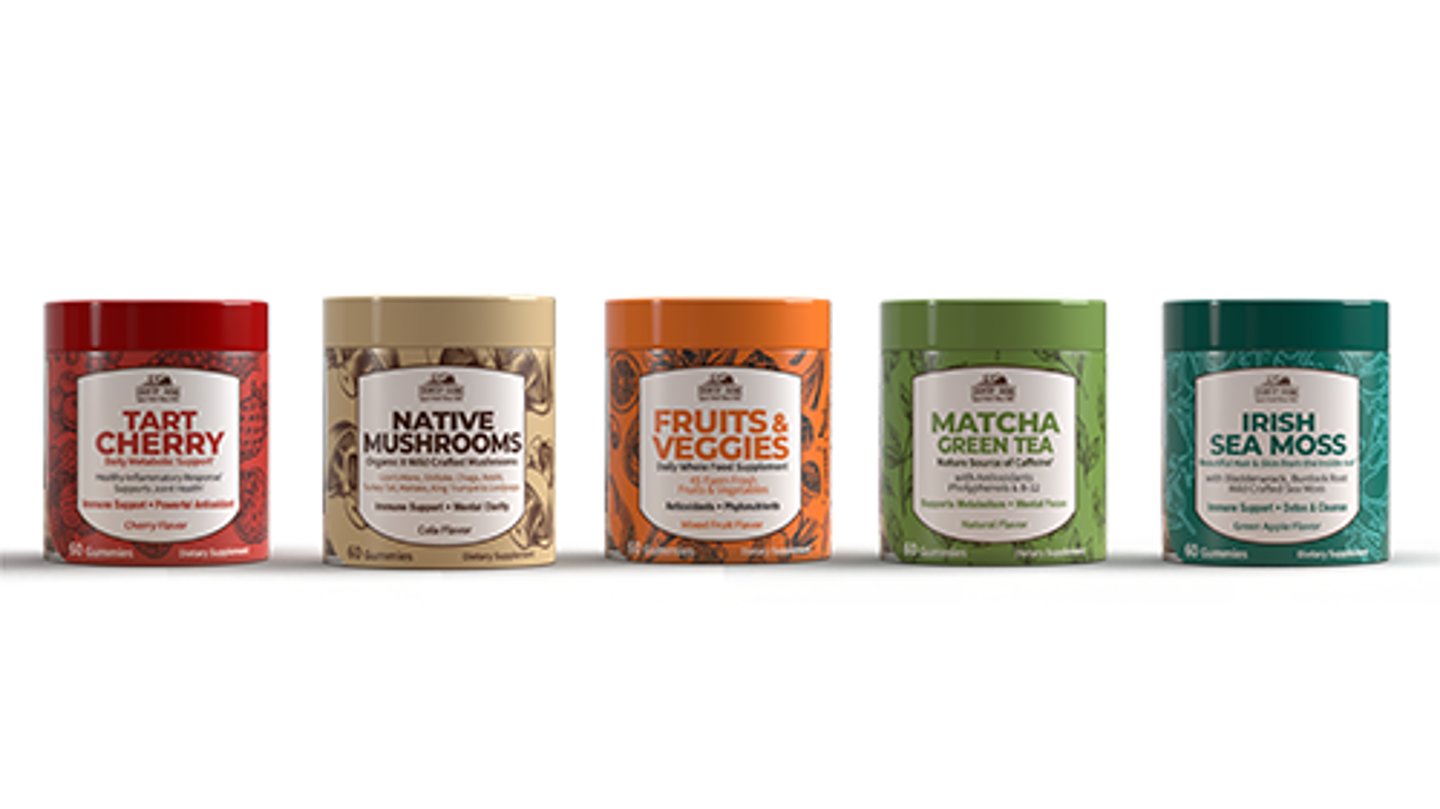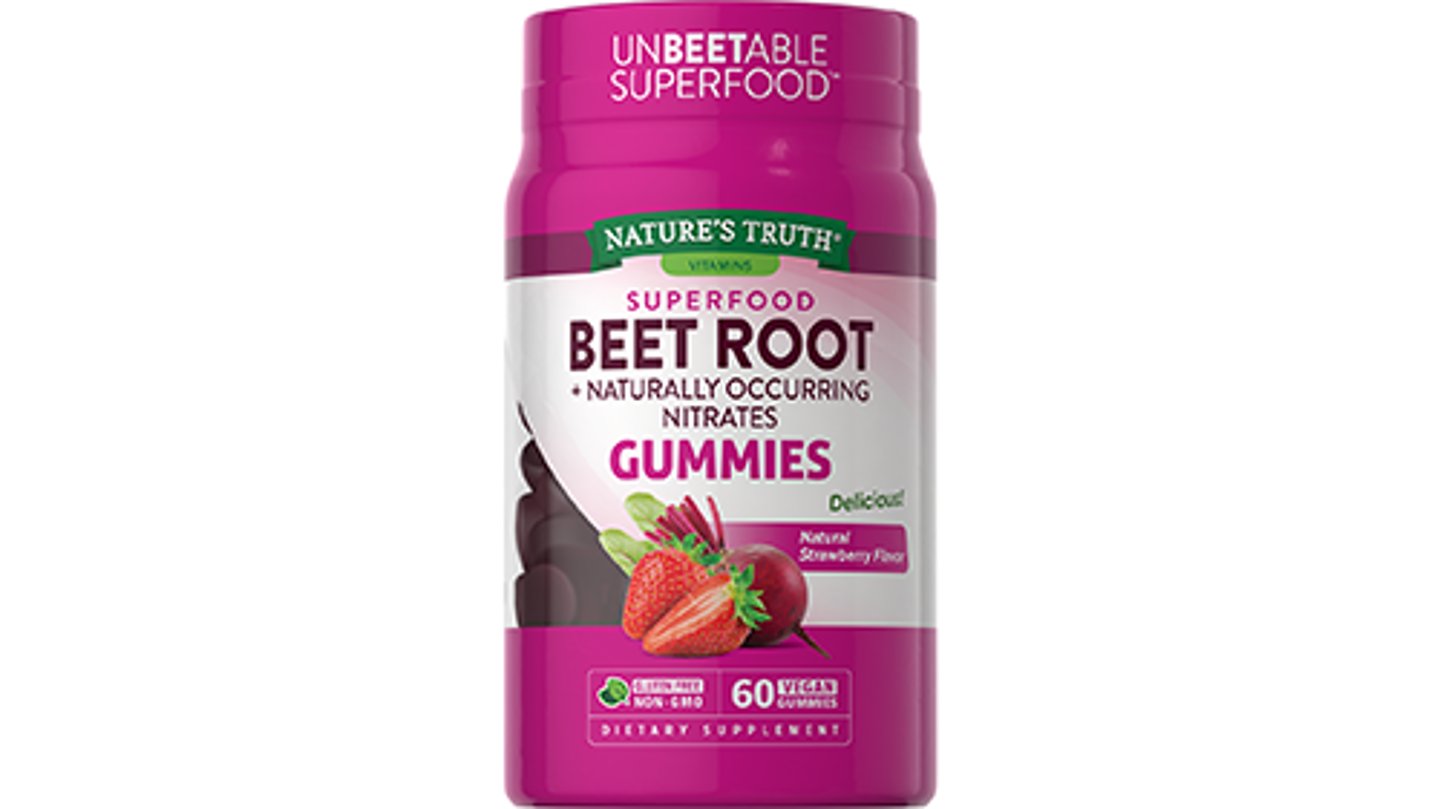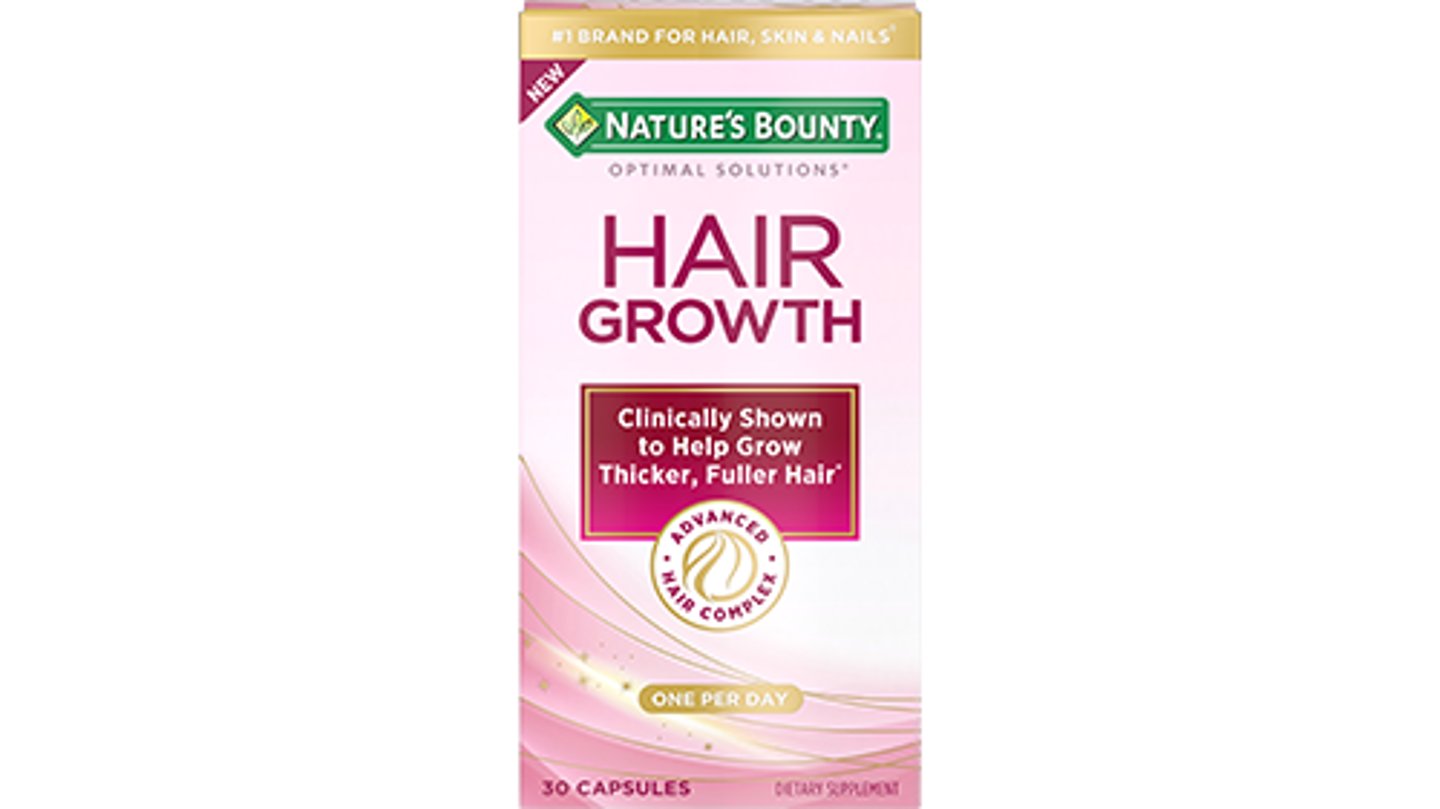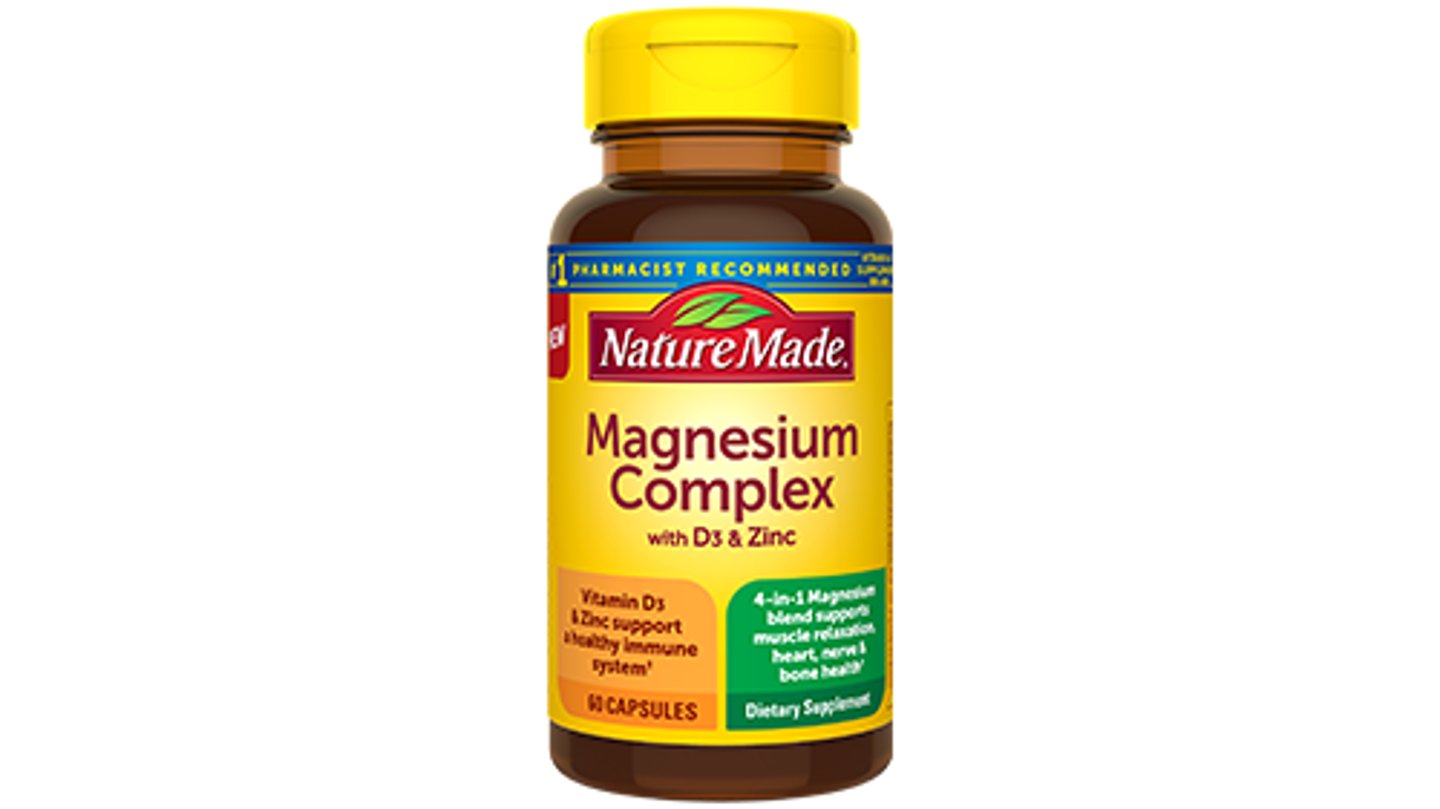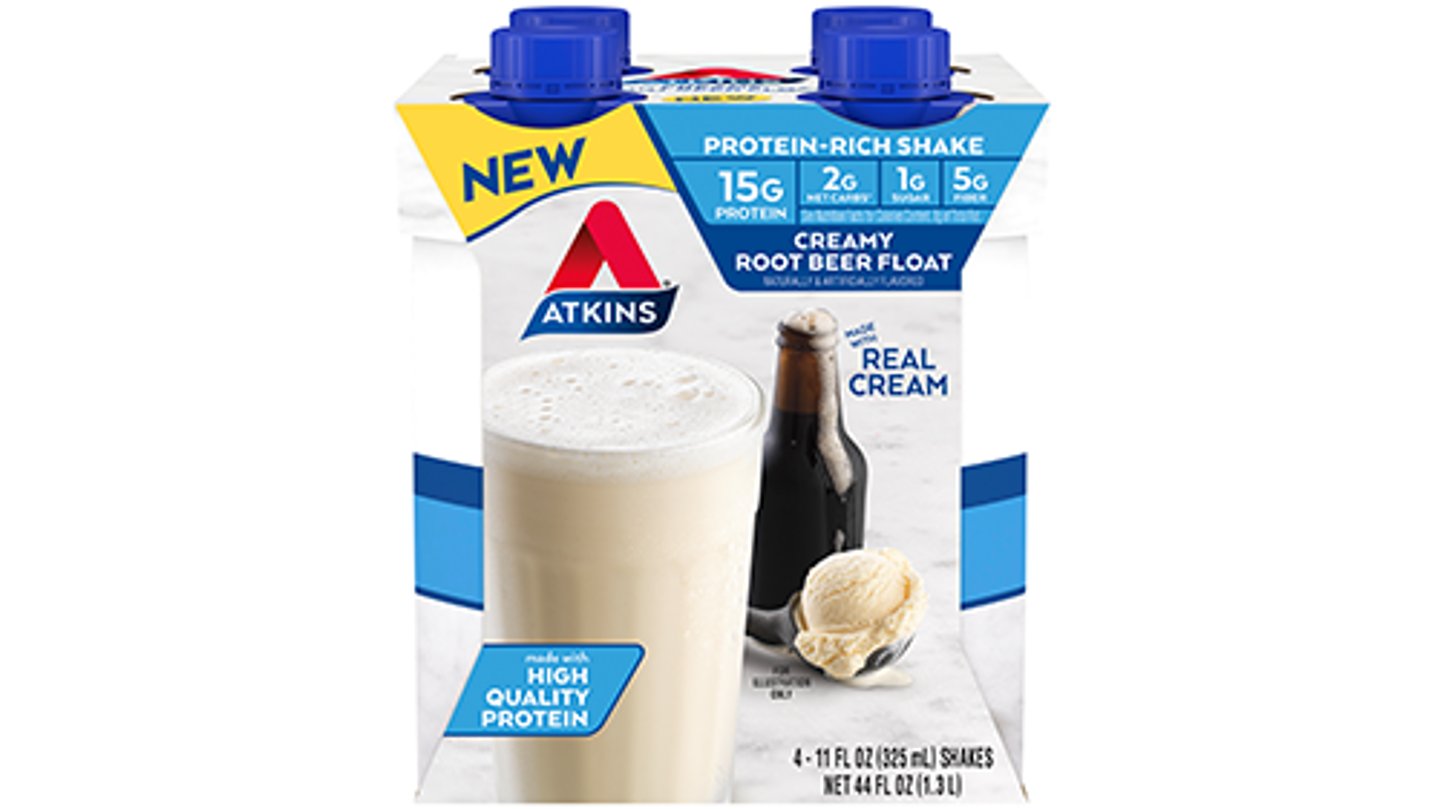Vitamin vitae
It is still early in 2023, but there are a few things we already know about how the vitamin and nutrition category is shaping up and what the next handful of months have in store.
Market research shows the vitamins, minerals and supplements segment is expected to see a respectable 5% lift in sales this year, which would bring the market to $37.44 billion. Growth beyond this period looks optimistic as well. Category insight information shows the sector growing at a 7.5% CAGR through 2028.
The mindset shift that we witnessed toward health and wellness during the pandemic will continue to be seen this year, albeit at a much slower pace. But as most agree, pace can be relative, considering the comparative backdrop for sales movement is a record-setting year fueled by a global health crisis. So while data may show subcategories, such as immunity (vitamins C, D, and zinc), are experiencing a decline in sales, it does not mean consumers are no longer interested in these products; it simply indicates sales are settling back to normal levels.
A recent Mintel report exploring trends in vitamins, minerals and supplements noted brands that focus on emerging health issues and innovation would be among those that stand out in 2023.
The report also indicated that as consumers have become savvier about the role VMS products can play in their overall physical and mental health they are more apt to customize a daily regimen to best suit their personal needs. These findings represent a swing from past buying trends, in which consumers leaned toward a one-pill-addresses-most-concerns approach.
As a result, interest in magnesium, beetroot, amino acids, St. Johns Wort, mushrooms, lecithin and green tea is on the rise.
Keith Frankel, CEO of Windmill Health Products in West Caldwell, N.J., said innovation aside, the challenging economy combined with lower consumer disposable income will likely be influential factors affecting sales this year.
“Normally, our industry is largely insulated from market instability, but I think we are going to see uncharted waters this year,” Frankel said. “With each crisis comes opportunity for those who can pivot and provide needed goods and services to the various retail channels.”
Omnichannel strength is going to be more important than ever before, Frankel noted. “There will be several bright spots emerging this year, especially in beauty nutrition, targeted superfoods and higher-end nutrigenomics,” he said. “We are preparing to access these opportunities as they emerge.”
Even with the challenging year-over-year growth compari- sons arising from the sales spike of January 2022, the year has started off well, noted Kara Siak, vice president of sales strategy and operations for Pharmavite in West Hills, Calif. Siak expects continued growth through 2023 without the sharp, unpredictable responses to acute events that we’ve seen the last three years. “This should lead to more consistent and predictable performance in the VMS category,” Siak said.
Rebound predicted
Raza Bashir, vice president of scientific affairs and product innovation for Iovate in Oakville, Ontario, Canada, noted that despite the current economic challenges, his company anticipates a year of growth for the nutritional supplement industry. “Consumers view nutritional supplements as a non-negotiable essential—even in challenging economic times,” Bashir said. “Our company is primarily focused on sports nutrition, energy and weight management, which are in high demand and continue to evolve in the post-pandemic world.”
Iovate is expanding its product lineup to offer alternative sources for energy enhancement. “People process caffeine differently and our goal is minimizing these genetic differences and elevating the standards for energy, cognition and thermogenesis (calorie burning),” Bashir said.
It may take the better part of the year, but all signs point to sales returning to pre-pandemic growth rates, said Kimberly Vigliante, senior vice president of wholesale sales and marketing for Piping Rock Health Products in Bohemia, N.Y. Vigliante anticipates products focused on proactive wellness, active nutrition and well-being will drive growth—especially protein, beauty, gut health, mental health, sexual wellness and green foods. “These types of products afford consumers the opportunity to proactively preserve and/or better their health,” he said.
She and others noted that living a healthy lifestyle is becoming more important to consumers today—and the increased stresses of the economy have led to people seeking proactive health management. New users, Vigliante added, seem to be focused on specific, unique needs, from vitamin and mineral deficiencies to particular health concerns. “Consumers are now prioritizing their own targeted wellness needs over general wellness, and there has been an increase of sports enthusiasts in the category as well,” she said.
People are becoming more directed by their own personal health and seeking greater control over their VMS regimens, Vigliante added, noting that consumers want to customize what they take and when they take it. She said consumers are increasingly and steadily gravitating toward active wellness, key minerals, herbs, single-letter vitamins and beauty as they gain increased awareness in the category. Vigliante expects magnesium, collagen, beetroot and iron to be key growth segments this year.
While the intensity for immune health purchasing has softened somewhat recently, Aileen Stocks, president of wellness brands at Nestlé Health Science in Hoboken, N.J., said consumers overall are still focusing on self-care and wellness, and supplements remain a large part of their focus.
“Beauty, for example, is less impacted by inflationary pressures and segments such as collagen, hydration and active nutri- tion are continuing to see strong growth,” said Stocks. She added that within VMHS (vitamins, minerals, herbals and supplements), digestive and mood/stress are outpacing the category as consumers try to manage stress.
One thing is for certain—consumer behavior is changing, Siak said. She is seeing a shift from people fighting compartmentalized symptoms to taking a more holistic prevention approach.
“Connection between the mind and body, along with community wellness are now more emphasized coming out of the COVID-19 pandemic,” Siak said. “Immune supplements are continuing to perform but we are also seeing strong growth in proactive health segments such as stress and energy.”
Offering products in a variety of formats also will be front and center this year, as consumers continue to look for the delivery that best fits their lifestyles.
“Gummies are now the number one delivery form in dietary supplements and we are seeing strong growth in effervescent, powder sticks, liquids and other alternate forms as well,” said Chuck Tacl, senior vice president of sales and business development for Mason Vitamins in Miami Lakes, Fla. Tacl said new users that have come into the category are driving the alternate form and delivery system growth.
Not just a pill
When it comes to taking a holistic approach to health, Americans of all ages continue to look at a broad scope of solutions, and this often begins with what they eat and drink. Consumers that fall in this group are looking to limit or avoid sugars and seek out products packed with protein, while older consumers are more likely to target vitamin D and fiber, said Colette Heimowitz, vice president of nutrition and education at Simply Good Foods Company in Denver.
Heimowitz said that with the exceptions of vitamin D, probiotics and zinc, consumers most often seek nutrients from foods, rather than beverages or supplements. The Simply Good Foods Company makes a wide variety of nutritional foods and beverages sold under the Atkins and Quest brands, she said.
Reflecting on expected consumer behavior this year, Heimowitz anticipates consumers will return to an on-the-go lifestyle, which means we are likely to see an increase in individualized eating occasions. As they do, protein bars, ready-to-drink beverages and snack sales should benefit. “Snacking remains a highly individualized behavior; retailers should anticipate snacking occasions to again rise and on-the-go needs for portability to remain high. Additionally, consumers are looking for innovative and new flavors in the ready-to-drink category, and protein shakes are a great option to fuel busy lifestyles,” Heimowitz said.
Functional benefits remain a key driver fueling interest, noted Helen Guo, director of consumer insights for Los Angeles-based Liquid I.V. Guo said VMS and beauty have set the standard and now consumers expect similar functional benefits in their food and beverages. Beverages that provide functional benefits beyond taste, she added, are highly sought after right now.
“The functional hydration space—including sports drinks for added hydration, energy drinks for added physical and mental performance, kombucha for added gut health, and collagen waters for added beauty and skin benefits—has grown significantly in the past few years due to exploding consumer demand,” Guo said.
NEW PRODUCTS
Mason Vitamins Mushroom Power
60 tablets
SRP: $23.99
Mushroom Power from Mason Vitamins contains EGCG (green tea), matcha powder, shiitake extract, maitake extract and reishi extract. Its ingredients support an array of functions, including brain and immunity health as well as inflammation and stress. Combined, these ingredients are also said to improve sleep, lessen fatigue and normalize body functions.
Iovate
EUPHORiQ
11-oz.
SRP: $49.99
EUPHORiQ is one of the newest additions to Iovate’s pre workout lineup of products. Featuring enfinity paraxanthine, a metabolite that is formed when the body breaks down caffeine, the product was created to offer increased focus and energy during workouts.
Liquid I.V.
Hydration Multiplier, Seaberry 6 count and 10 count
SRP: $11.99 and $19.00
Originally launched in 2020 as a limited-time flavor, Liquid I.V. is now offering its Hydration Multiplier Seaberry flavor as part of its permanent lineup. The Seaberry superfruit hails from the Himalayas with notes of orange, nectarine pineapple and passionfruit. It’s available in two sizes.
Windmill Health Products Her Own
30 servings
SRP: $14.99
Her Own is a new multi-SKU line of women’s wellness products from Windmill Health Products. The line includes products that address UTIs, gut health, PMS, sexual health, energy, bloating and detoxing. The products are offered in a variety of formats including gummies, tablets and capsules.
Piping Rock Health
Nature’s Truth
Beet Root Gummies
Each bottle contains 60 gummies or 30 servings
SRP: $15.99
Nature’s Truth Beet Root Gummies from Piping Rock Health Products is among the company’s newest additions. The strawberry-flavored gummies put a fun and flavorful spin on a classic superfood aimed at adults.
Nestlé Health Science Nature’s Bounty Optimal Solutions Hair Growth
30 capsules
Nestlé Health Science is expanding its Nature’s Bounty Optimal Solutions line with the addition of a new hair growth product. The once-a-day complex was created to address thinning hair issues many women experience as they age. The non-GMO, gelatin- free formula contains arginine silicate and magnesium biotinate.
Pharmavite NatureMade Magnesium Complex 60 Capsules
SRP: $19.99
NatureMade’s Magnesium Complex features four types of magnesium plus vitamin D3 and zinc. It supports muscle relaxation, heart, nerve and bone health as well as a healthy immune system.
Atkins
Atkins Root Beer Float Protein Shake
11.0z/four-pack
SRP: $8.49
This spring Atkins is releasing its Root Beer Float Protein Shake. The 1-oz. shake is made with real cream and features 15 g of protein, 2 g of net carbs, 1 g of sugar and 5 g of fiber.
Windmill Health Products Her Own
30 servings
SRP: $14.99
Her Own is a new multi-SKU line of women’s wellness products from Windmill Health Products. The line includes products that address UTIs, gut health, PMS, sexual health, energy, bloating and detoxing. The products are offered in a variety of formats including gummies, tablets and capsules.


